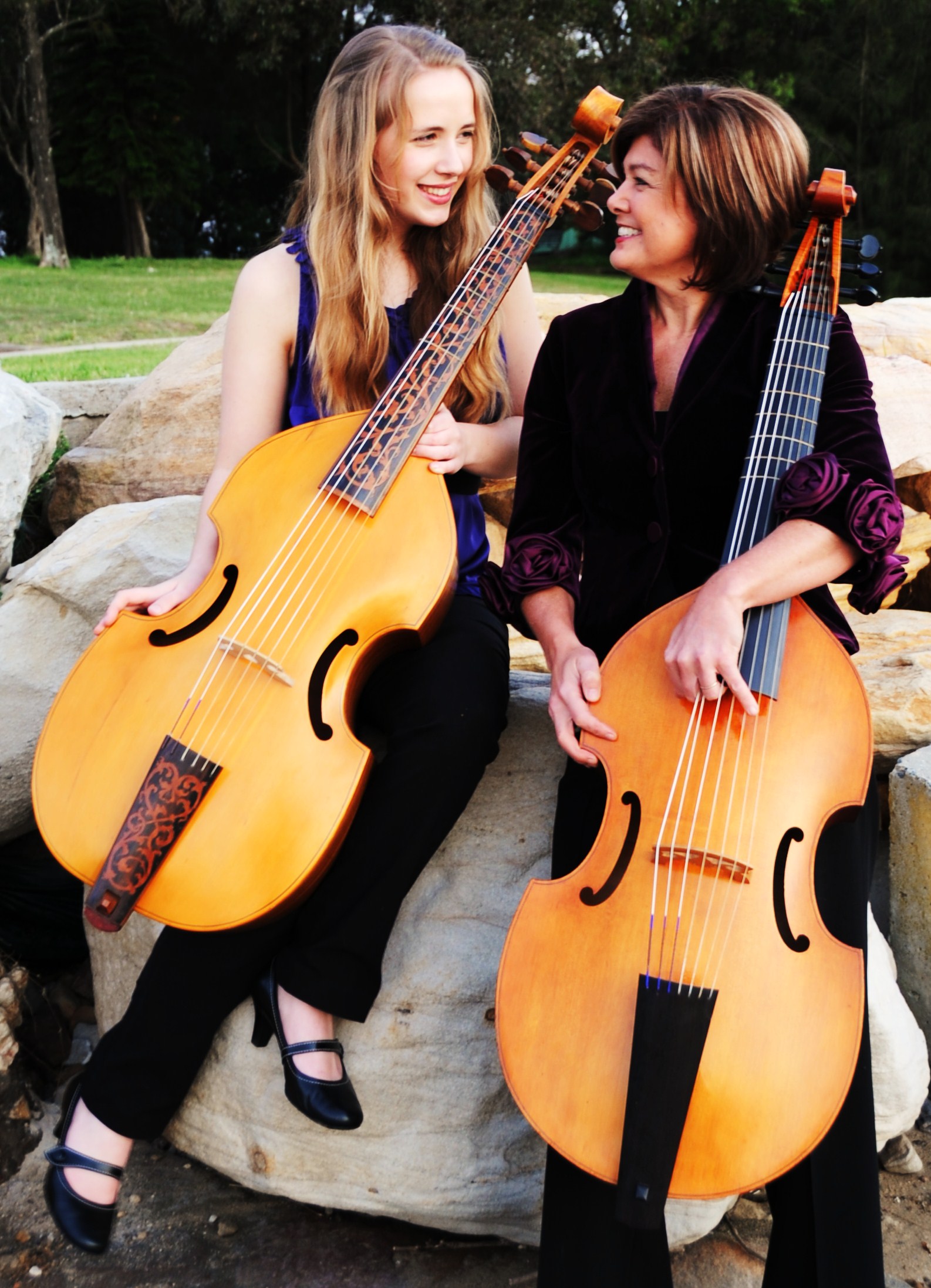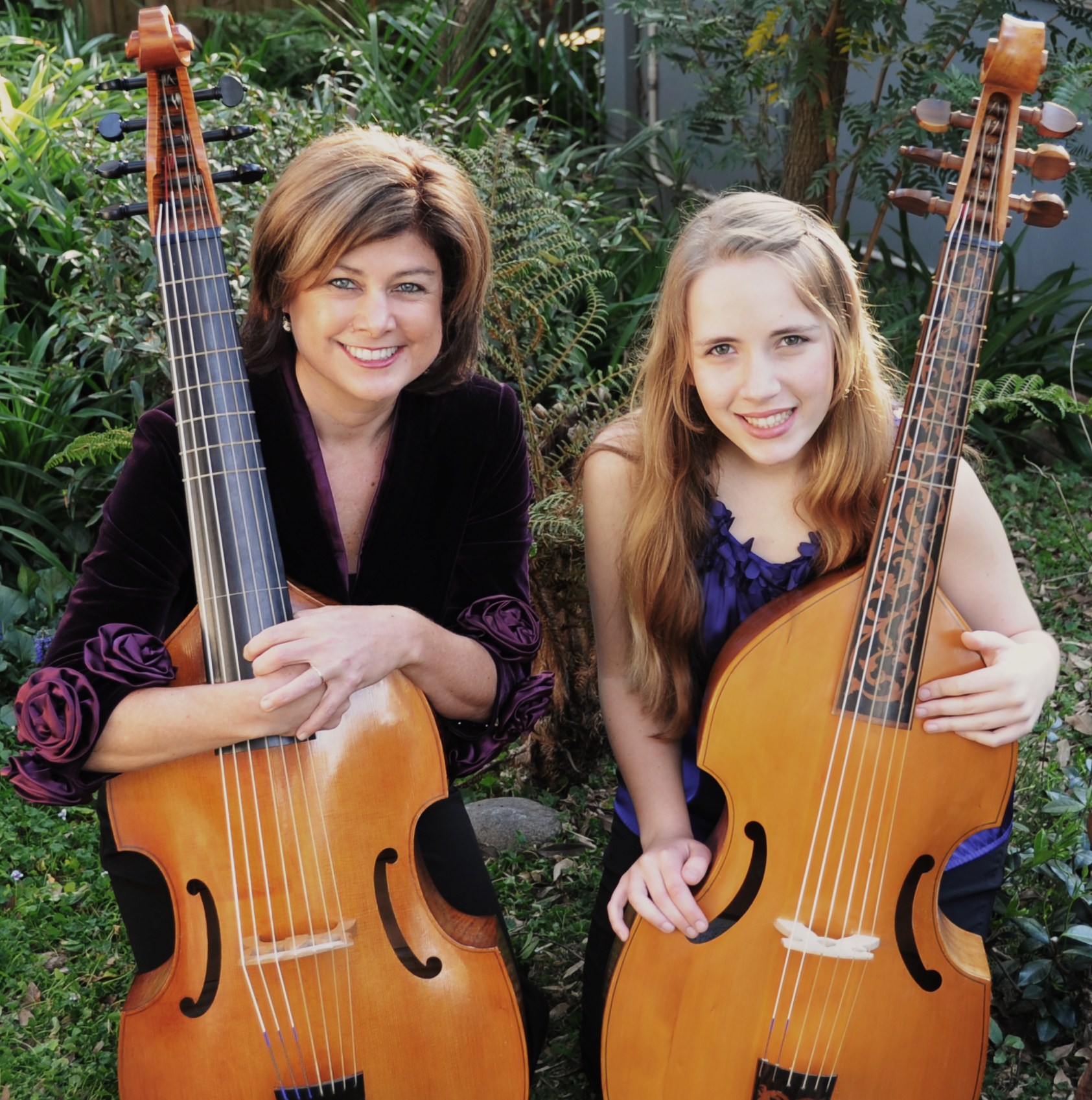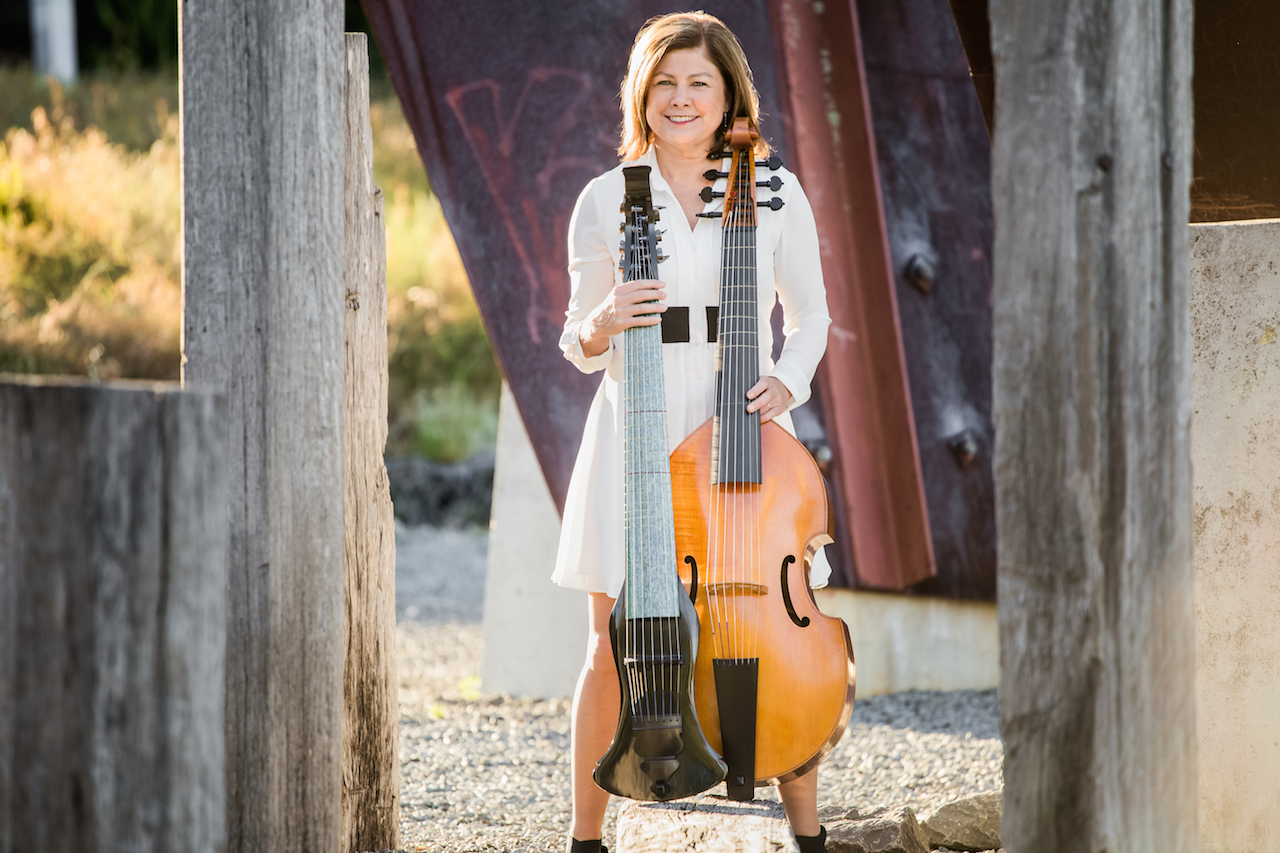 The Marais Project has commissioned a number of new works in 2014 to celebrate our 15th anniversary year. The first of these new pieces is by composer and viola da gambist Alice Chance whose work “Mathematics of Motion” will receive its world premiere at the Marais Project’s season launch, “Rameau”.
The Marais Project has commissioned a number of new works in 2014 to celebrate our 15th anniversary year. The first of these new pieces is by composer and viola da gambist Alice Chance whose work “Mathematics of Motion” will receive its world premiere at the Marais Project’s season launch, “Rameau”.
Date: 3.00pm 25 May, 2014
Venue: Sydney Conservatorium, Macquarie St, Sydney
Details: www.maraisproject.com.au
Philip Pogson (PP): Alice, could you fill us in a little on what you have been doing since Marais Project fans first heard your music back in 2011 at our “Ossenbrunner Twins” concert in 2011?
Alice Chance (AC): Since the Ossenbrunner Twins concert I’ve been privileged to spend a lot of my time doing what I love: composing and performing music. In 2012 I began my degree at the Sydney Conservatorium of Music, majoring in Composition. I’ve played with the Early Music Ensemble and some chamber music groups around the Con on Viola da Gamba. Now I have my own chamber trio called Gut Instincts. Composition has been an amazing journey so far. My music has been performed by the Australian Brandenburg Orchestra, Sydney Youth Orchestras, Sydney Children’s’ Choir, Australian Youth Choir, Conservatorium Early Music Ensemble and several community choirs, primary and secondary school choirs and ensembles. I’ve also been the Composer in Residence at the Moorambilla Festival in 2013, and am looking forward to having this pleasure again later this year. I also completed an overseas residency in Wisconsin, USA in July 2013, to write a piece for an orchestra of period instruments, which was premiered by the Sydney Conservatorium Early Music Ensemble.
PP: What kind of ensembles have you been working with?
AC: Primarily I have worked with ensembles made up of young people. This seems suitable as I am one myself. I love the idea that through the experience of me writing a piece and working with young performers, we can all grow musically together and learn from each other. I work a lot with choirs because I am a singer. I perform with Gondwana Chorale and also VOX, with Sydney Philharmonia Choirs. Whilst I love this area, it’s always special for me to be able to work with professionals like Jenny Eriksson. The challenge of limitation, when working with youth or amateur musicians, can be quite fun. However I love the endless possibilities my music has when working with professionals.
PP: As a young composer who writes for the viola da gamba, you are a rarity in that you actually play the instrument. What is involved in writing modern music for what many consider to be an ancient instrument?
AC: For me it feels completely natural. I have a strong and endless instinct to improvise, and I do this on the piano with an almost obsessive frequency. It is rare that 4 days pass by in which I have not improvised. Naturally, this extends to other instruments I play. I have always improvised on the Gamba and enjoy the discipline of having to write my ideas down for Jenny. Normally ideas just escape, but I don’t feel they are ever truly gone. The gamba has an extraordinary palette of colour, which I explore a lot in my piece. It also has an enthralling lyrical quality. I feel it is a medium through which I can speak quite honestly, and my musical ideas have all flown very naturally onto the page. I hope it will feel as natural to perform as it did to create.
PP: Jenny Eriksson has commissioned you to write a new work for The Marais Project’s “Rameau” concert in May 2014. What do you know of Rameau and what can audiences expect from your new piece?
AC: I know Rameau to have been an extremely adventurous composer, who had an impeccable understanding of harmony (he even wrote a treatise about it), and had a talent to capture and evoke movement in his works. I’m thinking here especially of his ballet music. Works such as the Overture to Pigmaleon, which is as exciting to perform as it is to listen to – and possibly more exciting to dance to, but I would not know. His contrast between the heavy, stately introduction and the vibrant, light, gleefully active vite section is something special.
I have tried to bring about a similar sense of movement with my work, but also the restraint he is famous for using. Otherwise, I think the music would be quite Rameauverwhelming!


